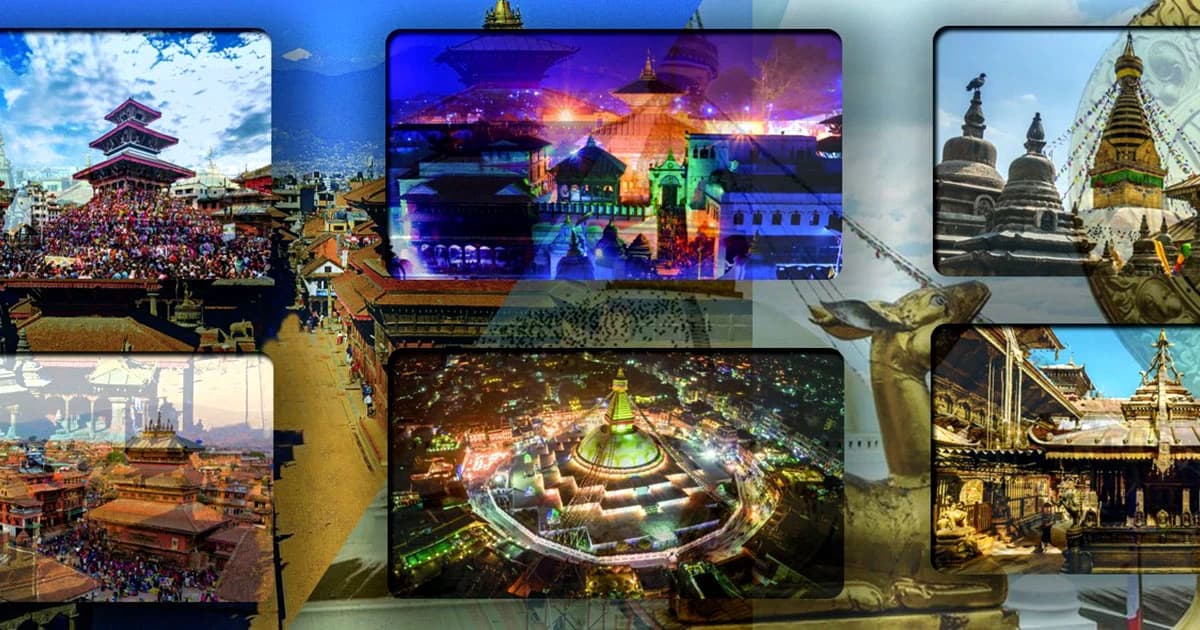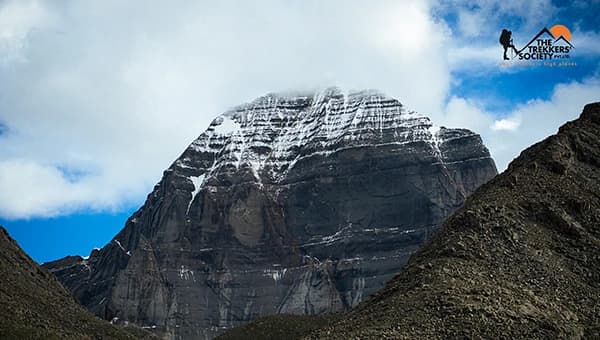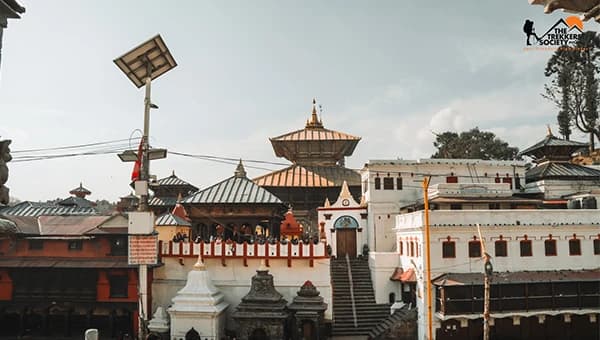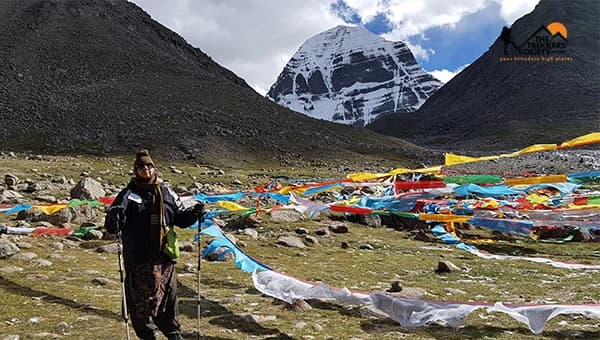If culture and colour are your choice, Kathmandu teems with life and legends and one of our pacakages will help you soak up the spirituality of the Nepali capital.
Hindus gravitate to Pashupatinath Temple, on the banks of the Bagmati river, because it is the most sacred temple dedicated to shiva anywhere in Nepal and the most widely used cremation place, with several 'ghat' platforms. The belief is that to die and to be cremated here releases one from the endless cycle of reincarniation-and so it has a similar reputation Varanasi in India.
The pagoda style temple has gold covered roof and four main silver doors. The western entrance has the statue of a large bull, Covered in gold and inside the temple is black four-headed image of the deity lord shiva. It is said that shiva came here because it was the ideal holiday place! The literal meaning of Pashupatinath is 'Lord of the animals' and in this form Shiva displays his peaceable protector face. To this day there are no animal sacrifices here.
The priests of Pashupatinath traditionally come from southern India, Linked with the tradition that when a Nepali King dies Nepalese are supposed to stop religious services and enter long mourning.
Within walking distance of Pashupatinath is the awesome white dome of Bouddanath stupa, said to be shrine of a Kasyapa sage venerated by Buddhists and Hindus alike.The huge spherical stupa a created on a massive mandala platform and has become the center of a circular village style community of traders, bazaars, galleries and cafes.
Another to Kathmandu's 'must-see' temple is Swoyambhunath, popularly known as the 'monkey temple', because of its large population of cheeky simian residents!
Swoyambhu means 'self-created', the name arising from legends about the entire Valley being filled with a vast lake from which a lotus grew. There was an eternal flame over which the stupa was built. This is one of the oldest religious sites in Nepal, revered by Hindus as well as Buddhists.
The temple is a dome with a cubic structure above from which the eyes of the Buddha gaze in all four four direction, Surveying the entire Kathmandu valley. Above each pair of eyes another 'third eye' symbolizes the stupa's cosmic connections.
Durbar Square, also known as Hanuman Dhoka, from the statue of lord Ram's monkey devotee, is the original royal heart of the kingdom, with a cluster of places of the Malla and Shah Kings, dating from the 1500s.
The ancient Newari town of Bhaktapur grew up because of it's position on the Tibet-India trade route, fuelling it's cultiral prosperity. Today it remains a time capsule with many fine medieval building and wooden carvings, Difussing an aura of timeless serenity.




